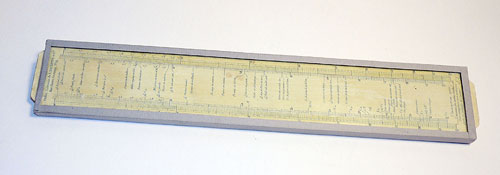Here is one impressive calculating device: Washington Sabatini’s reinforced concrete calculator.

This complicated circular slide rule is one of the largest items in my collection. It comprises ten concentric aluminum rings covered with complicated scales and pointers. The rings are all movable except for the second largest; that one is fixed to the body of the device, as is the celluloid cursor overhanging the largest ring. The movable rings are rotated around the center of the device by use of the prominent crank handle that spans its radius.
For full details, and a worked out example of how to calculate the dimensions of a concrete beam under specified parameters, see this article on my History of Computing site.
Enjoy!
The Tavernier-Gravet company was France’s premier scientific instrument maker at the end of the 19th century, and it stayed abreast of the latest developments in slide rule design and production when it entered the 20th century. In this this new article on my History-of–Computing site I illustrate some of their problems and solutions as they transitioned into the new century.
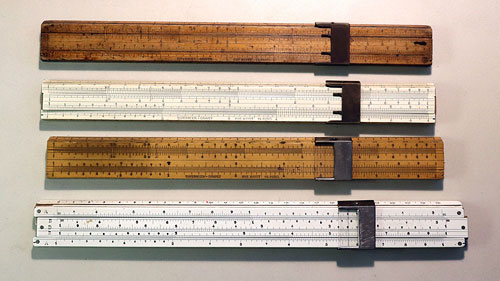
What’s so special about a wooden slide rule, you ask? And indeed, for most of their 3½ centuries of existence — until the arrival of plastics — the material of choice for making slide rules has been wood… but that is the case with straight slide rules. Circular slide rules, by contrast, were almost exclusively made of metal, and later of plastic. Yet Jacob Zedak chose wood as the raw material for his take on these disc-like calculators; and he used plywood, which wouldn’t be used even in a linear rule.
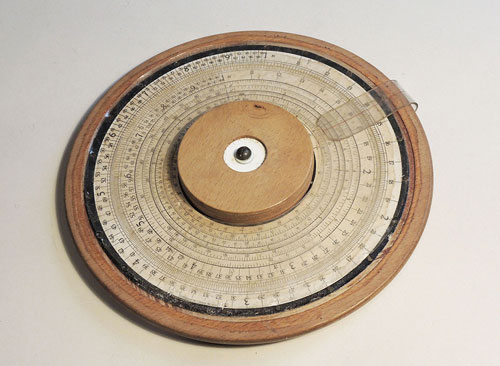
Read all about this unusual device, and about Zedak’s other products, in this new article on my History-of–Computing site.
Enjoy!
A few years ago I sighted on eBay a set of three German circular slide rules of the Controller brand. There was a big one, 20 cm in diameter; a midsized one 11 cm across; and a small one at 7.5 cm. They all looked pretty much the same except for their sizes, and this reminded me of those three bears in the Goldilocks story — a thought that amused me enough to push me into buying them. So now I had a Father Controller, a Mother Controller, and a Baby Controller.
Actually this type of slide rule is fairly common, and is often seen on eBay. But then, one day, I saw an auction for what can only be described as Grandfather Controller: a truly large slide rule 30 cm across, and still identical in design to the Three others. This one is anything but common; in fact I’ve never seen anything like it, nor can I find any mention of it on the web. Naturally, I added it to my collection post haste, and now there were four!

Read the full article about this mysterious giant Controller on my HOC web site.
The circular slide rule developed around 1920 by Jules Arnault and Louis Paineau comes in a wooden frame, to give it durability and ease of use; but it is so pretty you can – and I did – hang it on your wall!

Aside from being pretty, this is an ingeniously designed and very well-made calculator. You can find all the details in this new article on my History-of–Computing site.
Enjoy!
I was at this coffee shop and saw the two machinettas. Of course I didn’t buy one – as coffee lovers, we have all the machinettas we need at home – but I did notice how the pair represents two different solutions to a small but important design bug that the classic machinetta had subjected coffee drinkers to for ages.
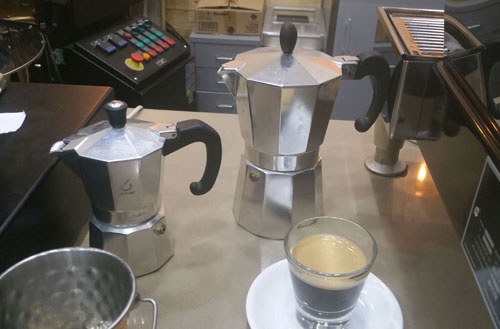
The problem is seen below. The original design from Bialetti, who invented this useful little coffeemaker, had the metal block that the handle is bolted to, marked by the red arrow in this photo. This block was just the right size and place to scald your finger when you grab the handle.
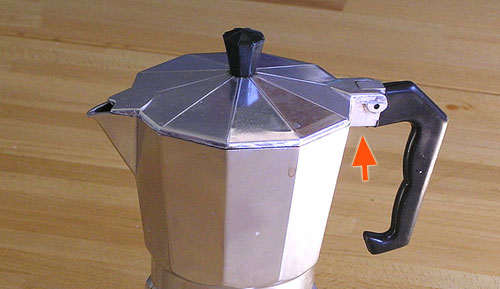
Photo credit: Dan-Martin Hellgren under CC license on Wikimedia Commons.
The two machines I’ve sighted solve this problem in two different ways frequently seen these days: the one at the left below leaves the offending hot block in place but provides a dent in the plastic to keep the finger away from it; the one on the right covers the metal with plastic all the way.
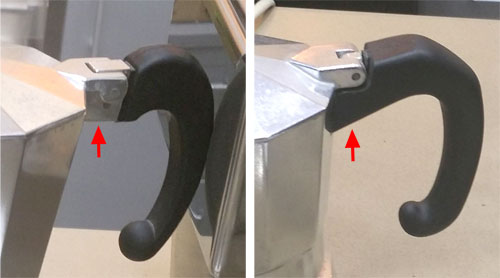
I can’t think how many times I got burned before someone at the factory decided to spare the users this pain…
This new article on my Possibly Interesting site is strictly for radio amateurs and other geeks: a photo-essay depicting circuit and construction details of the SSB transmitter I’d built a long time ago. What makes it interesting (other than the nostalgia of vacuum tubes, that is) is the prevalence of improvised, scavenged and military surplus components – necessitated by the paucity of the component supply (and funding) in the Israel of those pre-internet, pre-Startup Nation days.
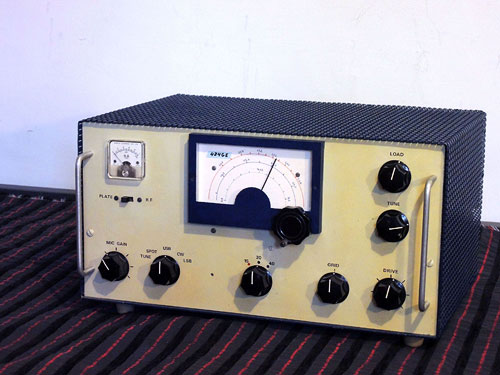
Enjoy!
In the days before GPS, Google Maps and Waze, people used maps; and to figure how long it would take to get from A to B on a map, you could make excellent use of a Marsch-Zirkel, or march compasses… like the lovely device described in this new article on my History of Computing exhibition.

Dating back to the late 19th century, this ingenious little tool helps you figure the distance and the time to cover it – with infantry or cavalry.
Take a look!
Kerosene heaters are smelly, require much maintenance, and are dangerous if used carelessly; on the other hand they create a lot of heat, are independent of utility feeds, and for us older folks they actually have a nostalgia evoked by the conditioned association of the kerosene smell and the pleasant warmth of years past. Be that as it may, they are seldom seen today, and those that are around are mostly stored for backup in case of winter power outages. They also tend to be bulky and ugly…
So here is one that is neither, a vintage unit sighted at the Jaffa flea market: a perfect compact sphere, in the mid 20th century style.
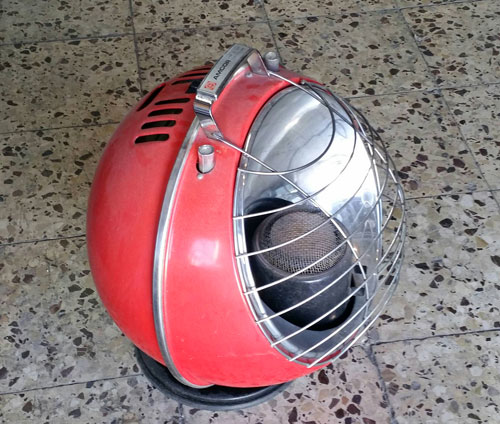
Not sure how safe it is – seems it would toll over if bumped – but you gotta love the red color and the nice Googie design!


